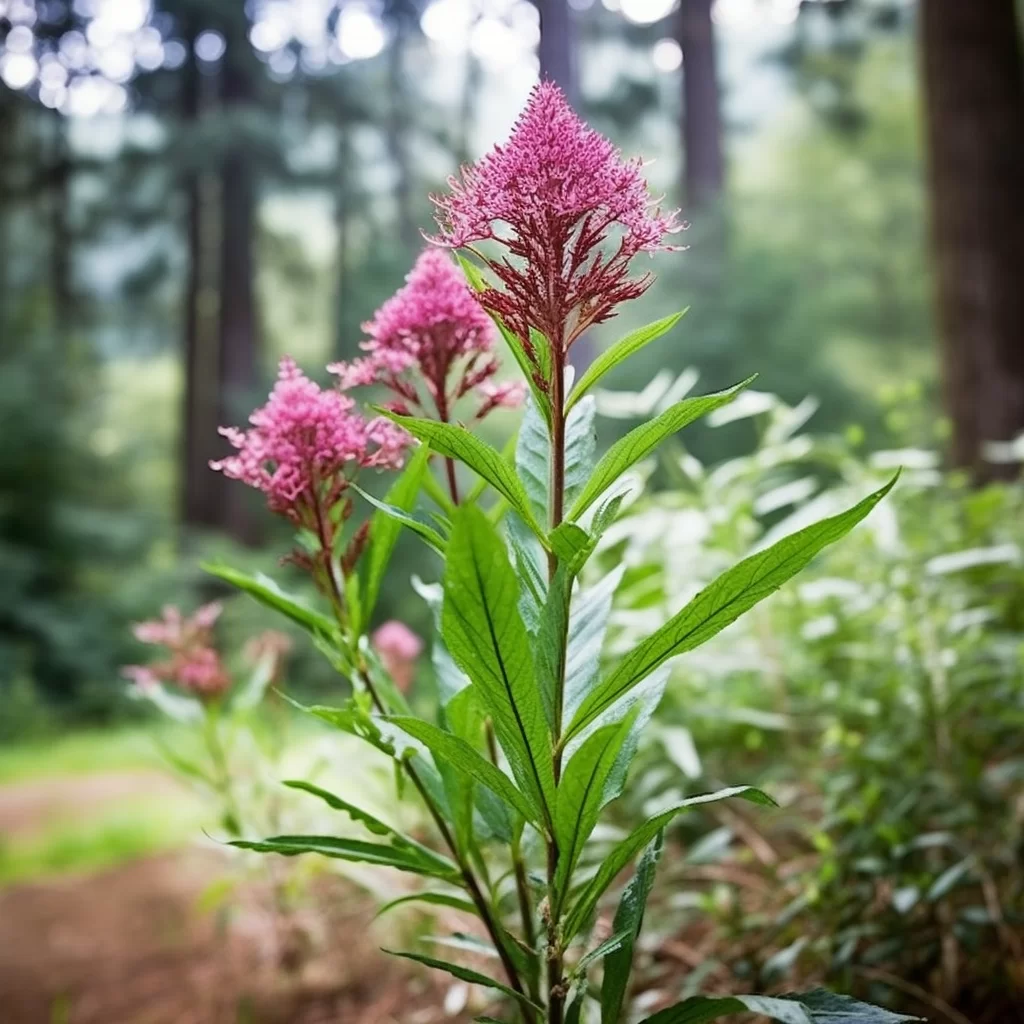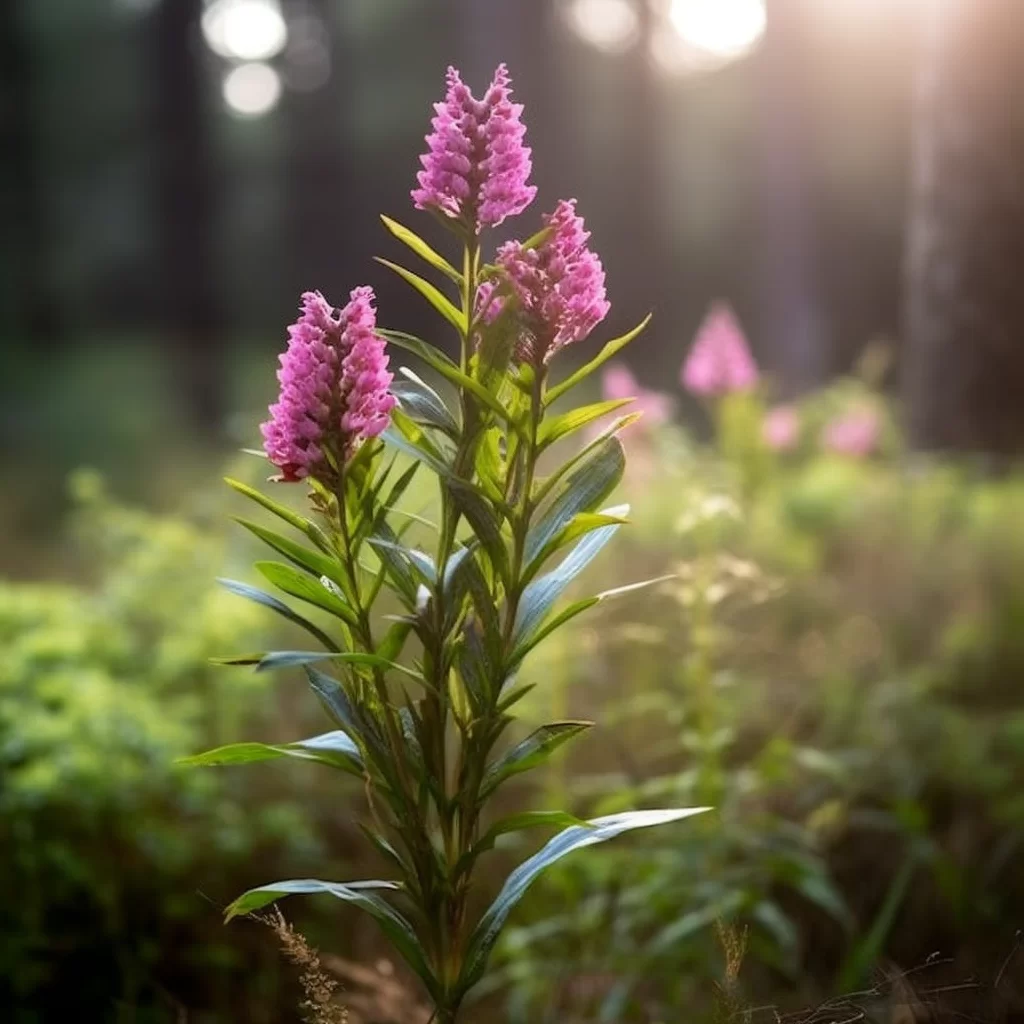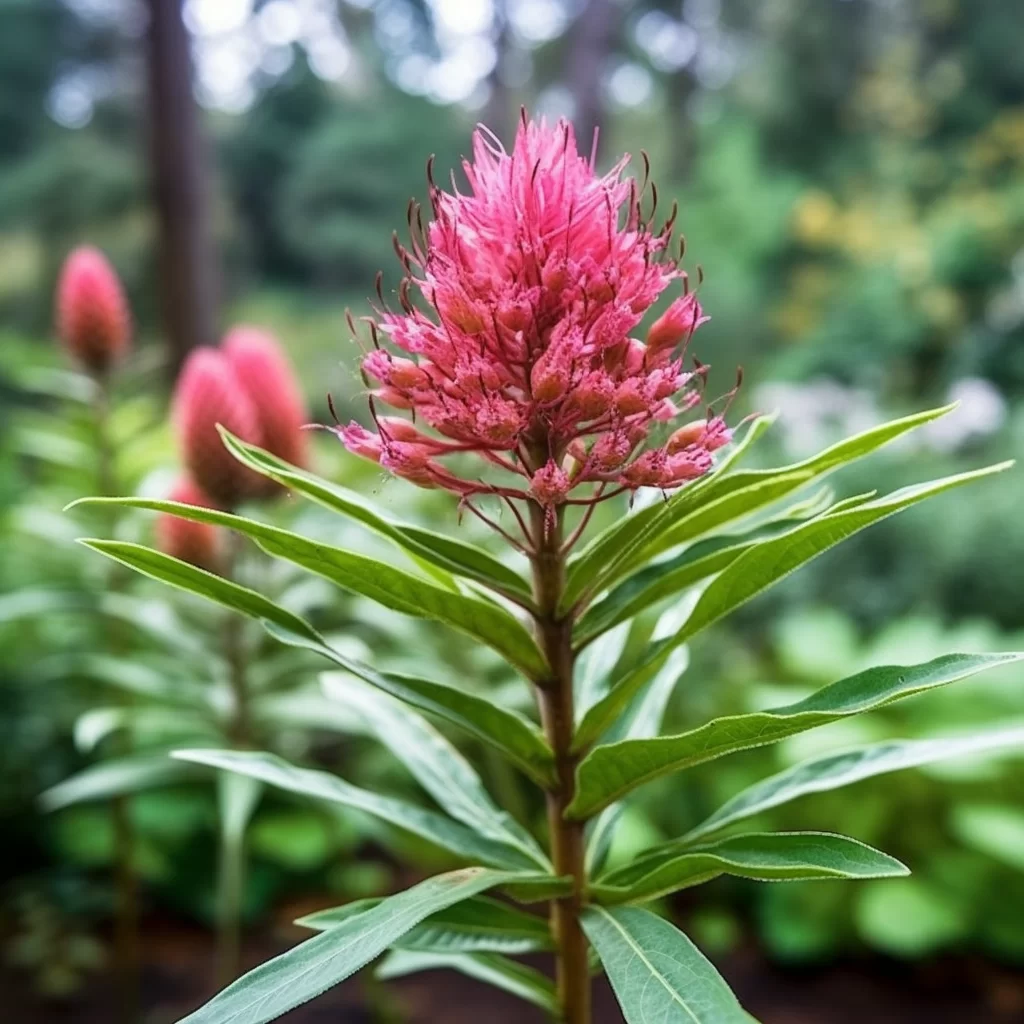Story of Day :
Contents
The Vernonia Plant: A Complete Guide and Care Tips
Are you looking for a plant that will add color, texture, and interest to your garden or landscape? Look no further than the vernonia plant! Also known as ironweed, this hardy perennial is native to North America and boasts stunning purple flowers that bloom in late summer through fall.
But before you add one of these beauties to your garden, read on for a complete guide on how to care for them.
Planting Vernonia:
- Vernonias prefer full sun but can tolerate partial shade.
- They grow best in well-draining soil with plenty of organic matter.
- If planting from seed, sow in spring after the last frost.
Cover seeds with 1/8 inch of soil and keep moist until germination occurs (which can take up to three weeks).
- If planting established plants, wait until after the last frost and then dig holes twice as wide as the root ball.
Place the plant into the hole so that it sits at the same depth it did in its original container.
Backfill with soil and water well.
Caring for Vernonia:

- Water regularly during dry spells but avoid overwatering as vernonias are susceptible to root rot.
- Fertilize once per year with a balanced slow-release fertilizer applied according to package instructions.
- To encourage bushier growth and more abundant flowering, pinch back new growth by about half in early spring before new growth appears.</lIi
- Deadhead spent flowers throughout blooming season by snipping off just below where they meet their stems – this will help promote continued flowering!</lIi
- Expect the vernonia plant to grow between 4-6 feet tall and up to 3 feet wide.
Pests and Diseases:
Vernonias are generally pretty pest-resistant, but there are a few things to watch out for:
- Aphids: these tiny insects feed on the sap of plants and can cause damage if populations get too high.
If you notice aphids on your vernonias, blast them off with a strong stream of water or use insecticidal soap.
- Spider mites: these pests suck sap from leaves, which can cause yellowing, stippling or discoloration.
You may also see webbing on your plant if spider mites have taken hold – spray with insecticidal soap or neem oil.
- Vernonia plant fungus can occur during wet weather periods in poorly drained soil leading to root rot that may kill the plant.</lIi

Uses for Vernonia:
In addition to being a stunning addition to any garden or landscape, vernonias have several other uses:
- The flowers attract pollinators like butterflies and bees – making them great for pollinator gardens!</lIi
- The flowers can be cut for fresh or dried floral arrangements.</lIi
- The leaves were once used by Native Americans as medicine (although it is not recommended that you try this without consulting an expert!)</lIi
In Conclusion:

If you’re looking for a low maintenance but beautiful perennial that will add color and interest throughout late summer into fall then Vernonia might be exactly what you need! Take time when planting Vernonia plants keeping in mind their soil preference, light requirements and water needs.
With proper care, you can enjoy their stunning beauty for years to come.